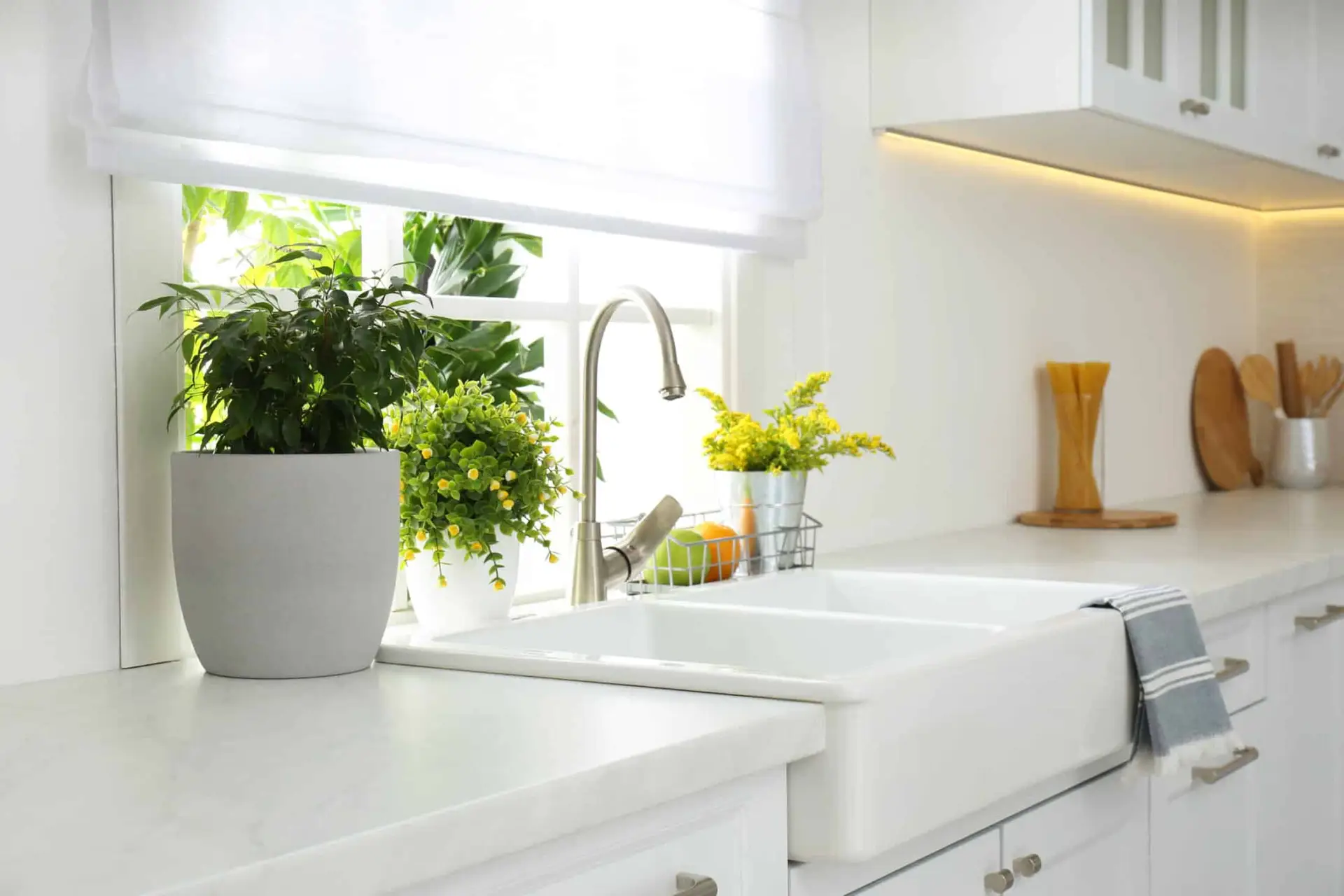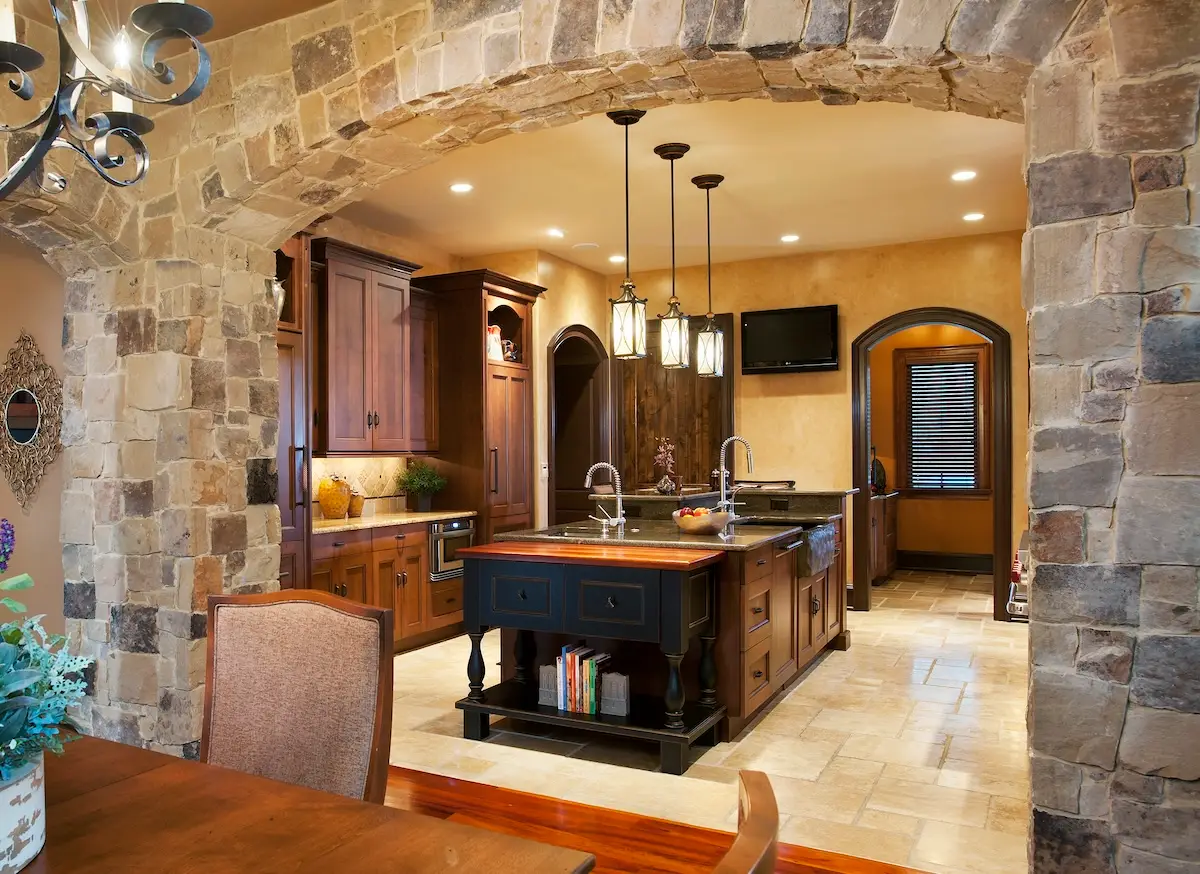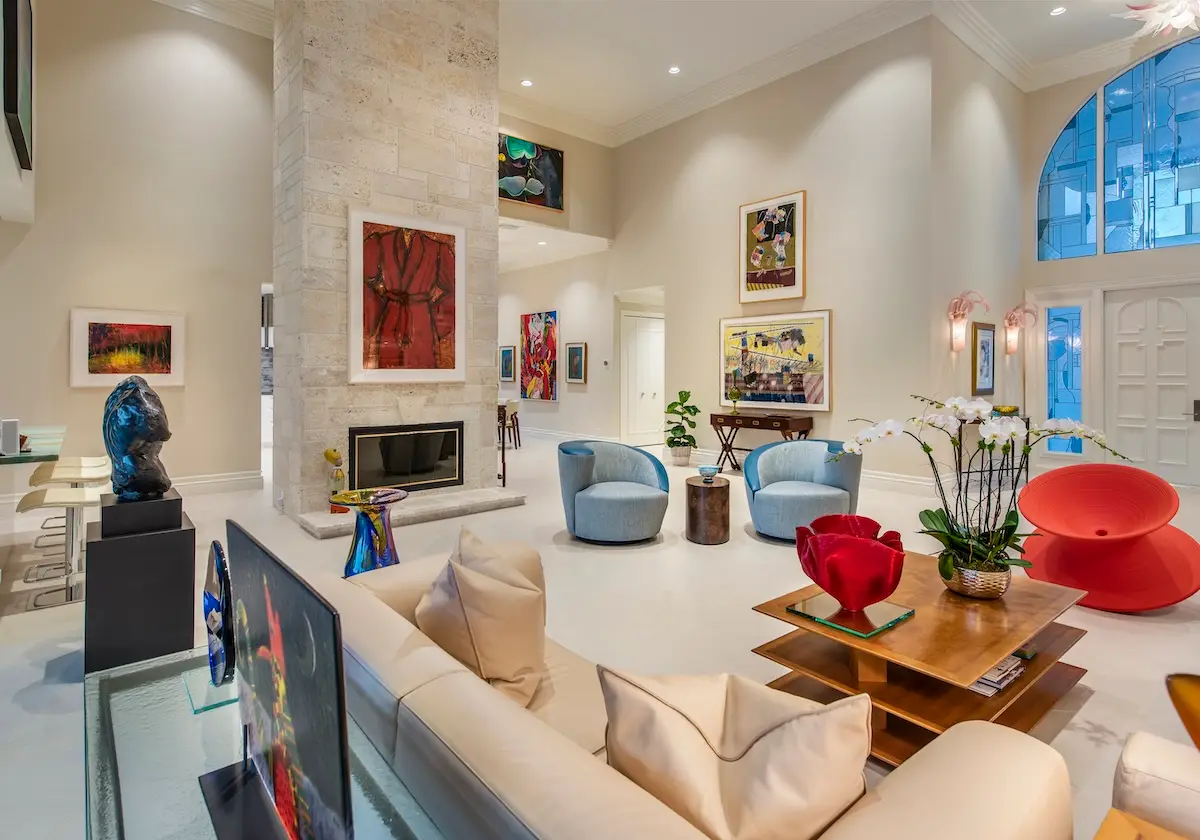Art is an immersive experience that sparks creativity, self-discovery, and holistic well-being. In interior design, artistic focal points mirror your personality to cultivate a tranquil ambiance that resonates with you. Let’s dive into ways you can use art as a focal point in your home.
Choosing the Right Art for Your Space
Art is a vital storytelling element that can make or break your home’s cohesive flow. Before you choose art pieces, you’ll need to consider your interior’s current aesthetic. Think about other design elements–color palettes, light fixtures, furniture pieces, and layout types–to help shape your home’s narrative.
For example, modern art complements sleek minimalist interiors while classic paintings can pair seamlessly with traditional aesthetics. Minimalist looks can benefit from hanging artwork to help infuse your space with splashes of color. Alternatively, large sculptures may require large, sturdy tables for secure placement.
Placement and Positioning
Art placement and positioning can turn a simple decorating task into an overcomplicated ordeal. Before drilling holes into your walls, consider creating makeshift templates using backing paper and frames to experiment with different placements. This pre-planning step reduces mistakes for meticulous focal points.
From there, start identifying key areas for art placement, such as above a living room couch, near dining room tables, or atop tall bookshelves. Pairing artwork with other elements in your space fosters a harmonious balance between functionality and design.
When placing wall art, consider the average eye level—not just your own—in your space. This average is around 57 inches above the floor, but consider this a general guideline. However, when positioning artwork above furniture, leave a generous amount of space between the furniture and the frame. You should aim for a distance between four and eight inches, but trial and error can help balance negative wall space.
As previously mentioned, these guidelines can be adjusted to accommodate your needs. For example, you can experiment with placement in rooms with large windows to align artwork with these frames. Tall shelves, floor lamps, wall-mounted electronics, and high ceilings also influence art placement. While instinctual placement might feel effortless, always consider these guidelines before integrating art as a focal point in your home.
Incorporating Art into Different Rooms
Interior art can help narrate your personal stories and thread together the memories they hold. Let’s explore how you can use art as a focal point in your home.
Living Room
Living rooms are treasure troves of photos and artwork, perfect for sparking conversations with friends and family. Creating an art gallery wall can be just what you need to weave these memories into your interior.
Take into account your living room’s current aesthetic. If you have a Bohemian living room, a gallery wall full of folk art, mixed media, and designs from different cultures can elevate your aesthetic’s free-spirited nature. Perhaps you want to frame memorabilia and artwork from your favorite vacation hotspot. Whatever the case may be, don’t be afraid to break some rules.
Bedroom
Bedrooms are serene sanctuaries–perfect for showcasing personal art like family portraits or murals near bedside tables or above the bed. When choosing artwork, consider palettes and themes that complement your bedroom. For instance, contemporary art can beautifully contrast neutral tones and raw materials in industrial-themed bedrooms. You can commission a local artist for custom murals, sculptures, or portraits for a one-of-a-kind atmosphere.
Kitchen and Dining Areas
The kitchen and dining areas are the heart of your home. These spaces shape your home’s atmosphere while prioritizing functionality and artistic freedom. For a rustic approach, envelop your space with down-to-earth aesthetics like framed prints and landscape paintings near dining tables.
Likewise, kitchens are perfect for incorporating art in unexpected places like above cabinets or along backsplashes. Rustic kitchens bathed in natural light pair well with nature-inspired pieces like lush oil paintings, botanical prints, or wooden sculptures. For example, the earthy tones and artisan craftsmanship from terracotta backsplashes can bring an organic narrative-rich twist into the heart of your home. Overall, art is an important factor to consider when renovating your kitchen, so be bold with your art placements.
Maintain and Update Your Art Collection
Now that you know how to integrate art as a focal point in your home, let’s highlight some cleaning and maintenance tips. For starters–when framing artwork, use acid-free matting, backing, and boards to prevent discoloration and distortion from humidity. Secondly, avoid exposing your artwork to direct sunlight. If this is unavoidable, consider using plexiglass and UV-protective glass. Recessed and track lighting can also safely illuminate your artwork.
Additionally, invest in microfiber cloths, feather dusters, and vacuum cleaners with brush attachments for routine cleaning. Avoid using water and cleaning products on paintings or photos as any drop of liquid can permanently alter your artwork. Large-scale cleaning projects may require a professional cleaner, so stay in touch with local conservators.
If you’re an avid art collector, keep your collection fresh by rotating out new pieces. You can pair seasonal artwork with holiday decorations or special occasions like birthday parties. Regularly rotating your collection out helps prevent discoloration and warping from environmental exposure while revitalizing your interior.
Ready to weave your story with art as a focal point in your home? Contact us today to get started!




